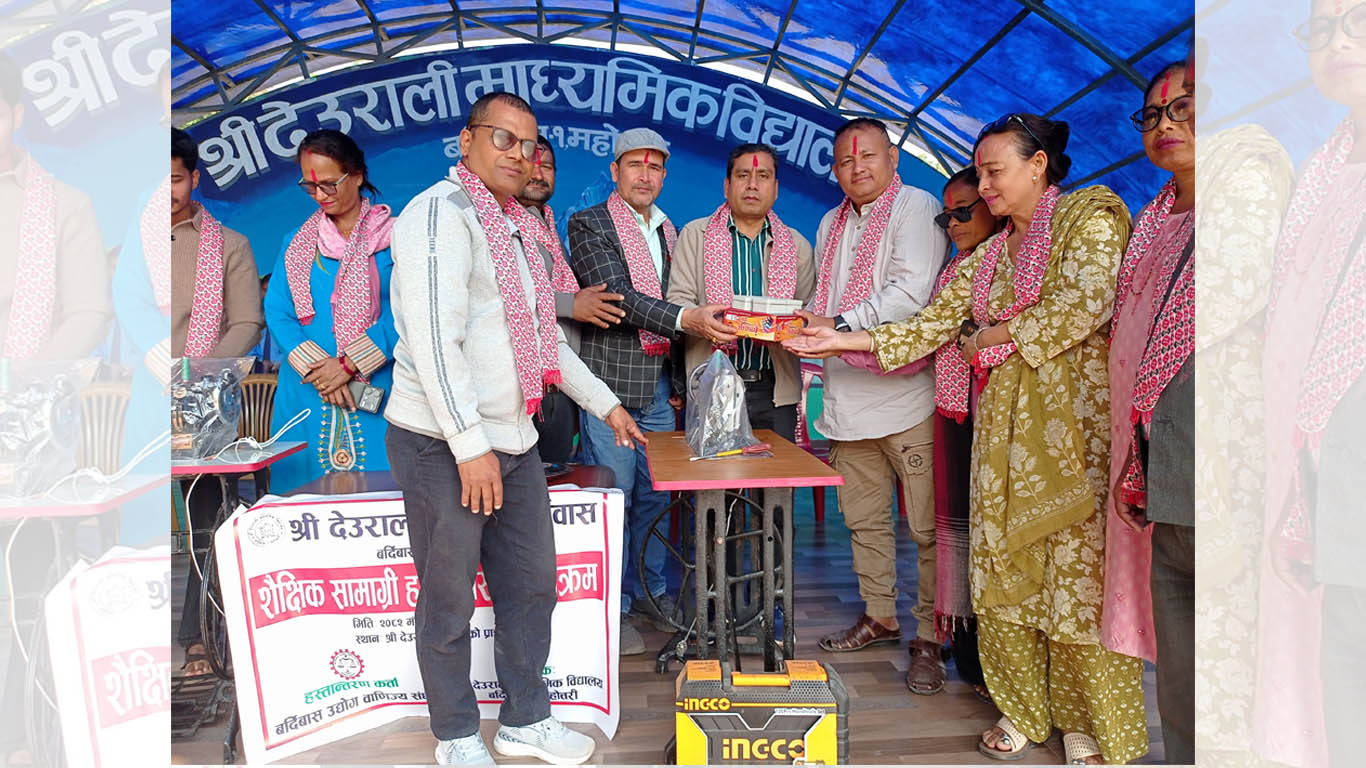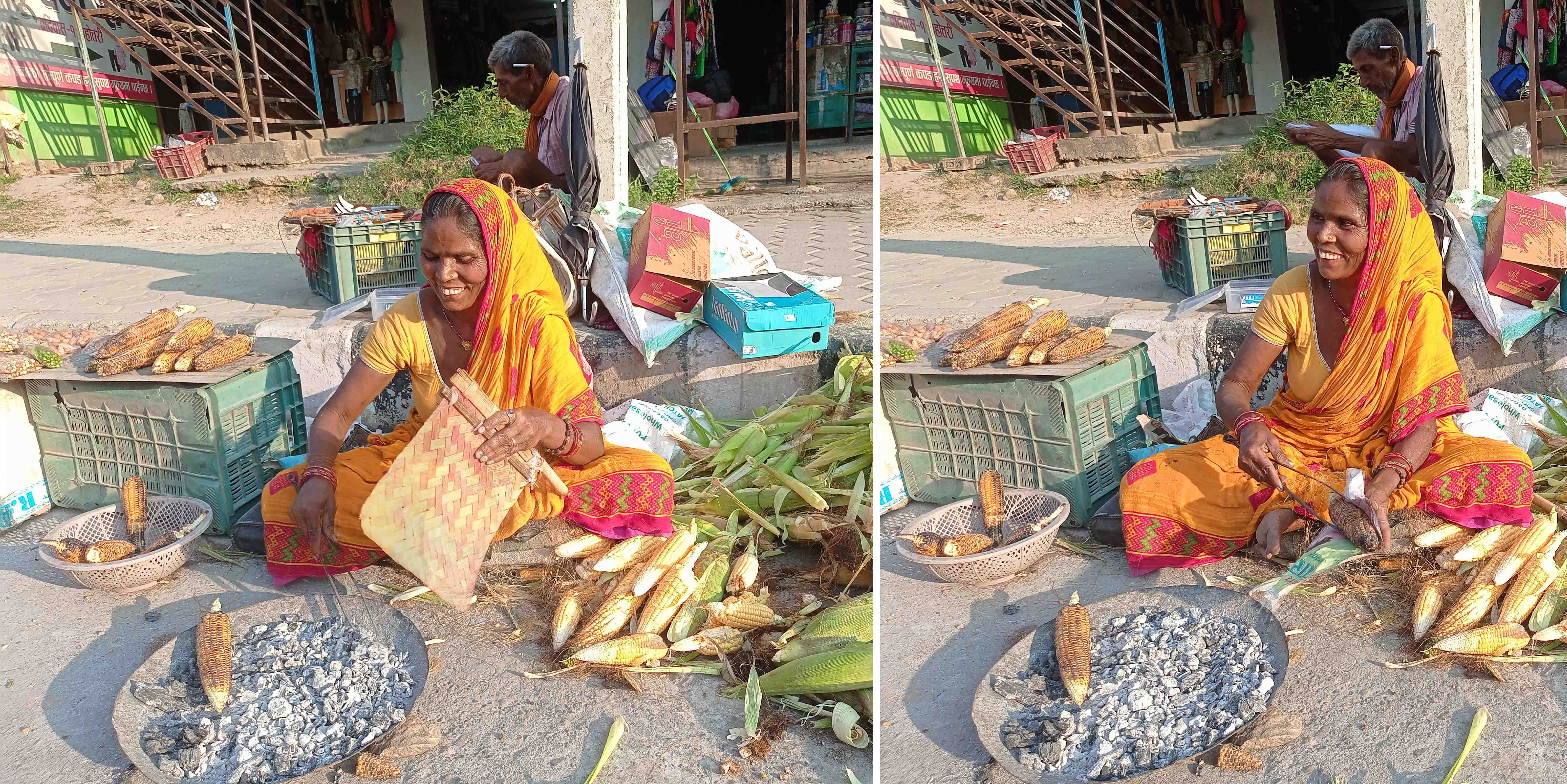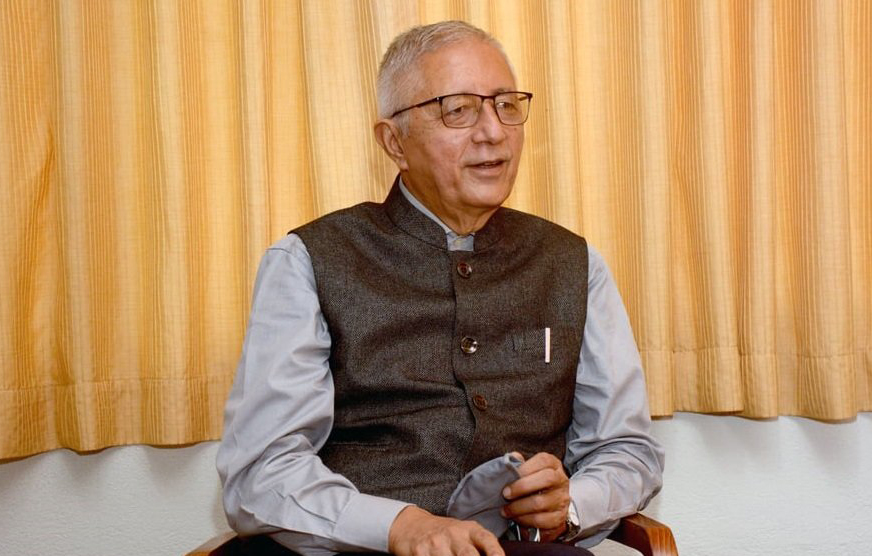
Health is defined as the complete state of physical, mental and social well-being of an individual not merely the absence of disease or infirmity by the World Health Organization (WHO). Universal Declaration of Human Rights (UDHR), 1948 in the Article 25 states that “Everyone has the right to a standard of living adequate for the health and well-being of himself and of his family, including food, clothing, housing and medical care and necessary social services.”
International Covenant on Economic, Social and Cultural Rights, 1966 Article 12 regards right of everyone to the enjoyment of the highest attainable standard of the physical and mental health.
The General Comment on the ICESCR No. 14 (2000) states Right to health is not merely about the right to be healthy, rather it is articulated as a set of both freedoms and entitlements which accommodate the individual’s biological and social conditions as well as the State’s resources, both of which may preclude a right to be healthy for reasons beyond the influence or control of the state. Freedom in this sense is the right to control one’s health and body and be free from interference such as torture, etc. Entitlement in this sense include the right for one’s right to be respected and protected so that it gives equal opportunities to enjoy highest attainable level of health.
Human rights are the inherent, inalienable and indivisible universal rights gained by the human beings by the virtue of being human. The human rights cover the dimensions of protection, promotion and fulfillment of all the rights relating to the life, liberty, equality and dignity of humans. When we understand health as a human right, it creates a legal obligation for states to ensure the right to health that covers. There are various socio-economic conditions in the society that embarks and promote the conditions in which the people can live a healthy life. Thus, Right to health is dependent on various other rights for its realization and various other rights are dependent on right to health as well. So, the human rights are not mutually exclusive to one another and achieving right to health is dependent on the realization of other human rights such as right to food, housing, work, education respectively and vice versa.
World Health Organization (WHO) has determined two core elements of the Right to Health; the first one is the progressive realization using maximum available resources, and the other is non-retrogression. The progressive realization is the principle that the state or the government must follow in terms of enforcement or fulfillment of the rights using the available means and resources at the optimum level towards the full realization of right to health. Moreover, the right to health is a non-derogative right for which state under any circumstance justify its non-compliance and restriction on part of it.
The General Comment no 14 (2000) if the ICESCR mentions availability (of the well functioning public health and health-care facilities, services, goods and program in a sufficient quantity), accessibility (without discrimination on any basis; economy, race, class, caste, sex, physical accessibility, etc), acceptability (respectful of culture of individuals, minority, etc) and quality (goods and services to be scientifically and medically appropriate for use and the health facilities provided by the skilled medical personnel) to be the essential elements to be considered under Right to Health.
Article 35 of the Constitution of Nepal mentions that every citizen shall have the right to seek basic health care services from the state and no citizen shall be deprived of emergency health care. Moreover, it is mentioned that each person shall have the right to be informed about his/her health condition with regard to health care services, equal access to health care and right to access to clean water and hygiene. Thus, it is the state’s obligation to fulfill the rights of the people guaranteed under the constitution.
Covid-19 is believed to have originated from the Wuhan Province of China and spread rapidly all over the world. WHO declared it as a global pandemic on March 11, 2020. Nepal being a resource limited country, always faces obstacles whenever a critical situation is appeared, be that earthquakes, blockades, pandemic. Though, in each situation, it had tried to cope up with the situation. The world is facing a COVID-19 pandemic, which has created an unprecedented crisis globally. Nepal has also been adversely effected. The population of Nepal is facing crisis in health, food, shelter, employment, and more.
Nepal being a party to various international instruments related with political, civil, social, economic, religious rights, so on. Thus, it has several obligations under those international instruments. To comply with those obligations, it made several laws which addresses the essence of the international instruments.
It is not that the government is not playing any role for addressing the COVID-19 pandemic. It has with various kinds of plans and strategies been able to have a diplomatic talks with many other countries, have brought the vaccines to respond the corona virus pandemic, the ventilators, oxygen cylinders, etc. The Government of Nepal (hereafter GoN), is working to address the current crisis (pandemic) from the very beginning. The GoN declared a nationwide lockdown, closed each possible places where a group of people can be seen, i.e. malls, schools, gyms, universities, banks, etc. sealed the borders, restricted all kinds of passenger movement, either by plane or road vehicle. The list adds other such precautionary steps taken by the GoN. But the main thing that the state has faced a challenge is on part of appropriate and a well defined goal, plans and policies and the mechanisms developed so as to have a progressive realization of the plans.
The world is facing a huge turbulence in the present days and of which Nepal is not an exception. The people are massively getting infected with the newer variant of the virus and people are dying in a huge number. In this condition, the ongoing political crisis that Nepal is facing, the issues regarding elections that have been in a huge discussion now is seriously something that is affecting the core principles of human rights; “respect of the human rights”. Among various other rights, right to health has seriously been affected.
Because of the political crisis Nepal is been facing, the government has seen to be entangled with many issues that were not expected to be discussed and raised in the times when this pandemic is hitting the country very hard. The challenge that has created is that the systematic and effective plans and policies are not formed and thus, this has hampered in the health services as well.
Moreover, the core principles of Right to Health are the availability, accessibility, acceptability and quality of health services as well. But, securing the areas covered by Right to health in this pandemic has been a huge challenge because the care is seen to be limited to only few people. The Constitution of Nepal, article 35 incorporates the above mentioned elements, additionally, it adds that, right to health shall not be curtailed even during the state of emergency situation. While looking at the mere words, they says nothing can curtail the right of health of the citizens, and it should be the primary agenda for the government. For a successful nation, the citizens must be healthy. Till today, GoN has developed around 90 centers for the Polymerase Chain Reaction (PCR) tests and there are also around 90 hospitals (both public and private) that have been providing the treatment for the people infected with corona virus. But seeing the list of the hospitals, we can find that they are highly concentrated in the city areas. There might be the reason that the density of population is higher in the city areas, but due to the mobility of people previously, the virus attack have also been seen in many parts of the country but the assess to the health care and services is not seen proper.
During the first phase of lockdown, it sealed the borders connected to India, and both the countries has lockdown, numbers of Nepali migrant workers were left at the border without any help or hope of food, shelter, drinking water, and health services. The GoN ordered the local level authorities to rescue the migrant workers of their places and keep them in isolation centers with providing sufficient health and basic facilities. But due to lack in implementation part, those people left there stranded. As it result, they opted for other various hidden trails to reach their home back in Nepal. This cross-border movement increased the risk of transmission of COVID-19 in the villages of those areas, which additionally made those people inaccessible to the health facilities needing for the treatment of COVID-19, as advanced care hospitals are not available in small villages.
As the cases of corona virus infected went done to decrease, the first phase of lockdown was eased. But with time, the second wave of covid-19 came in environment. This time, the GoN waited long to declare the nationwide lockdown (as equivalent to lockdown in India). The GoN waiting led to death of many people as the risk was reached to its peak.
Apart from late declaration of lockdown, the policies lacked the process of testing and surveillance. At airports, borders, no proper testing mechanism was/is found. This led to ineffective contact tracing of the carriers of the virus. During first wave, the government formulated the Health Sector Emergency Response Plan to manage the transmission of covid-19. As per the, Case Investigation and Contact Tracing Teams were to be formed at each local level, consisting of members from the public health, nursing, administration, etc. again, it has not yet been able to be formed at each local levels. Also, the work report of the formed teams are not seen anywhere.
The governmental quarantine and isolation centers cannot meet the standards provided by the WHO. No proper facility of food, health, sanitation, medications, accommodation (centers were overcrowded) and other basic facilities were provided. Additionally, no any mechanism was made to monitor the conditions of quarantine and isolation centers. People staying in home isolation, were/is given no any kind of facility by the government.
Being a limited resource country, it lacked advanced as well as basic medical equipment needed for treatment of the infected persons. Testing kits, medical supplies, personal protective equipment (PPE), oxygen cylinders, were not provided to the medical time, as its result the patients could not get the intensive care at the hospitals.
Also, Nepal has low health literacy rate. This means, Nepal focused on public awareness campaigns at large scale. Various ways of awaring public about the pandemic were opted, like ads in newspapers, radio channels, television channels, pamphlets distribution at local levels, message through phone, callertunes were set explaining the dos and don’ts regarding the virus. But as said earlier, due to low health literacy rate, people ignored such information and were seen engaged in various social events.
GoN has with the collaboration of few private hospitals are being doing the treatment of the COVID-19 infected patients but, the health charges by the private hospitals is complained to be very high. Health is a basic need and this time, the world is facing turbulence. So, the state has the greatest obligation to ensure the right to health. But because of the higher charges in the hospitals, another core element of right to health; “affordability” is highly impaired. So, government could in this case so as to ensure the people’s right to health pay on behalf of the patients who are getting virus treatment in the private hospitals. For doing this, government would have to initiate the investigation on part of the predictive costs of the private hospitals and that would help reduce the corruption and the multidimensional protests against the inconsistencies created by the private hospitals.
It is not only the sole responsibility of the government of any nation to take care of its citizens. The stakeholders, private entities and the citizens should give their equivalent contribution from their place. At such crisis, the private entities like schools, universities, hotels, party palaces, conference halls, etc. should work with the local levels and declare themselves in temporary isolation centers. These should be well equipped with the necessary medical instruments, like ventilators, oxygen cylinders, certain number of nurses and doctors shall be appointed providing PPE and other necessary safety products like masks, shield, sanitizers, etc. and mild symptoms infected person should be treated here. By making such private entities converted into isolation and quarantine centers would reduce the unnecessary crowd and workload in the hospitals. This shall also reduce the transmission of COVID-19. And local level authorities should be given responsibility for management and monitoring such converted temporary isolation centers. This shall create an obligation upon local level authorities which also helps to reflect the federal governance structure of the country.
by
Aartee Sah
Smriti Sapkota
Kathmandu School of Law
















